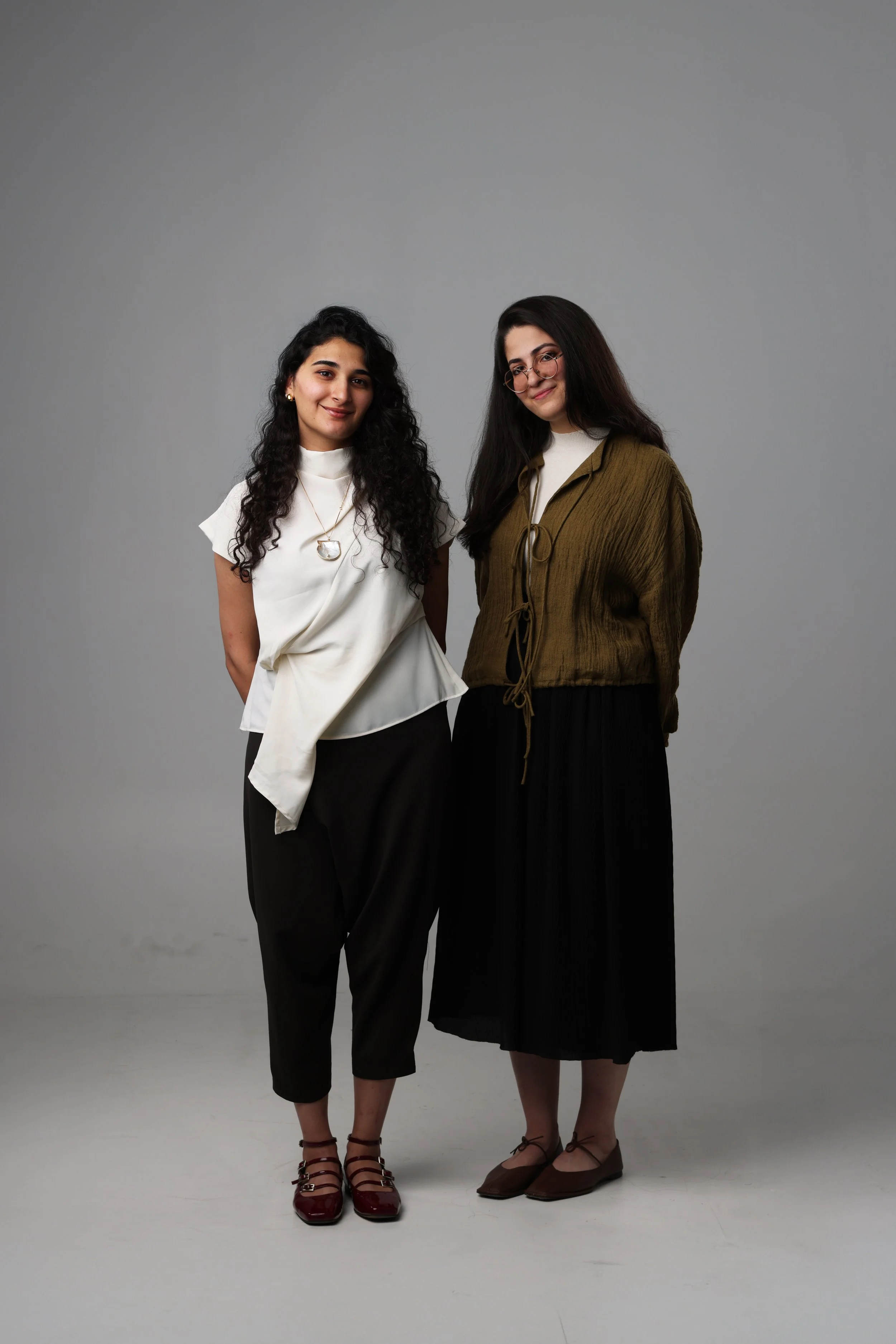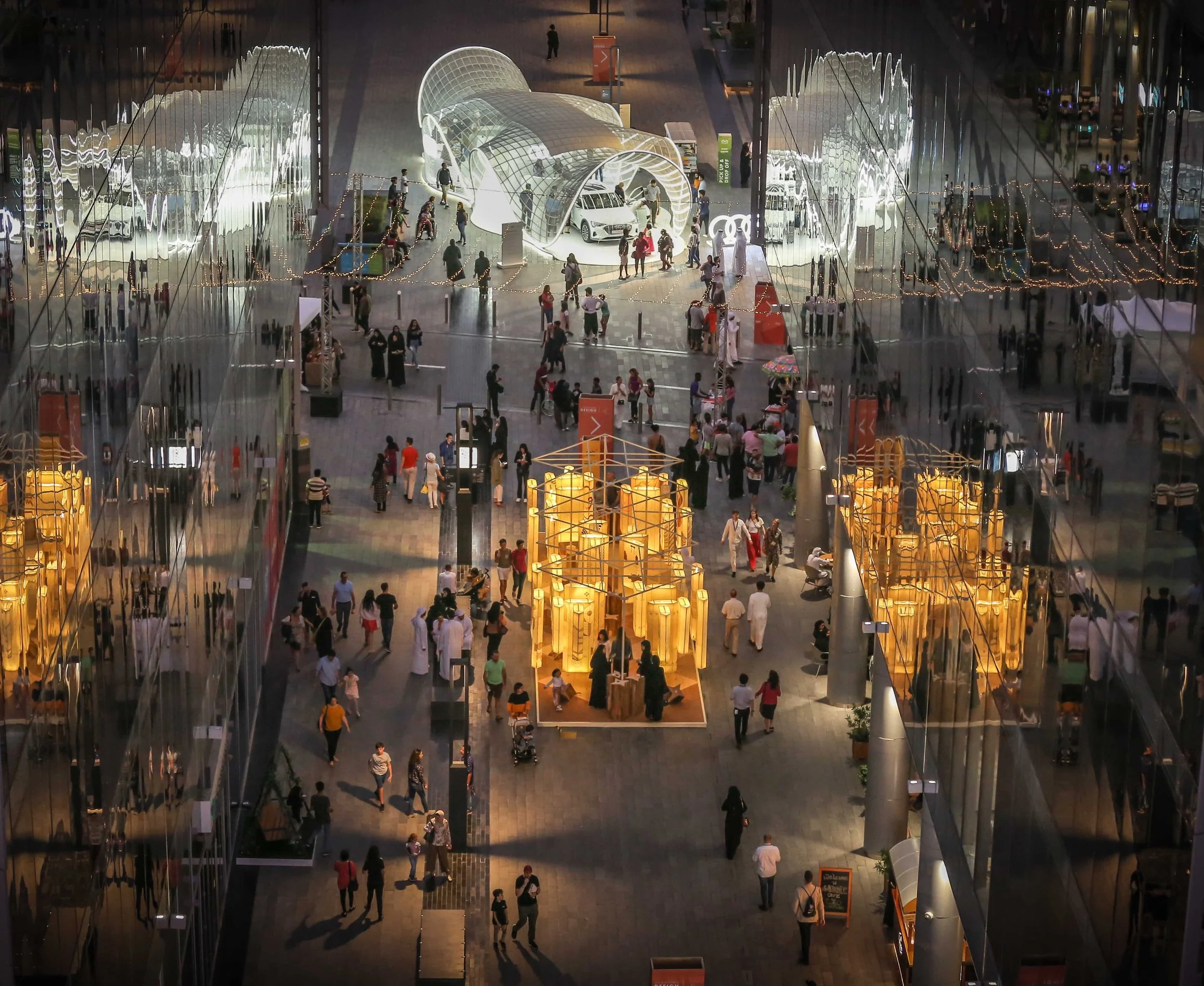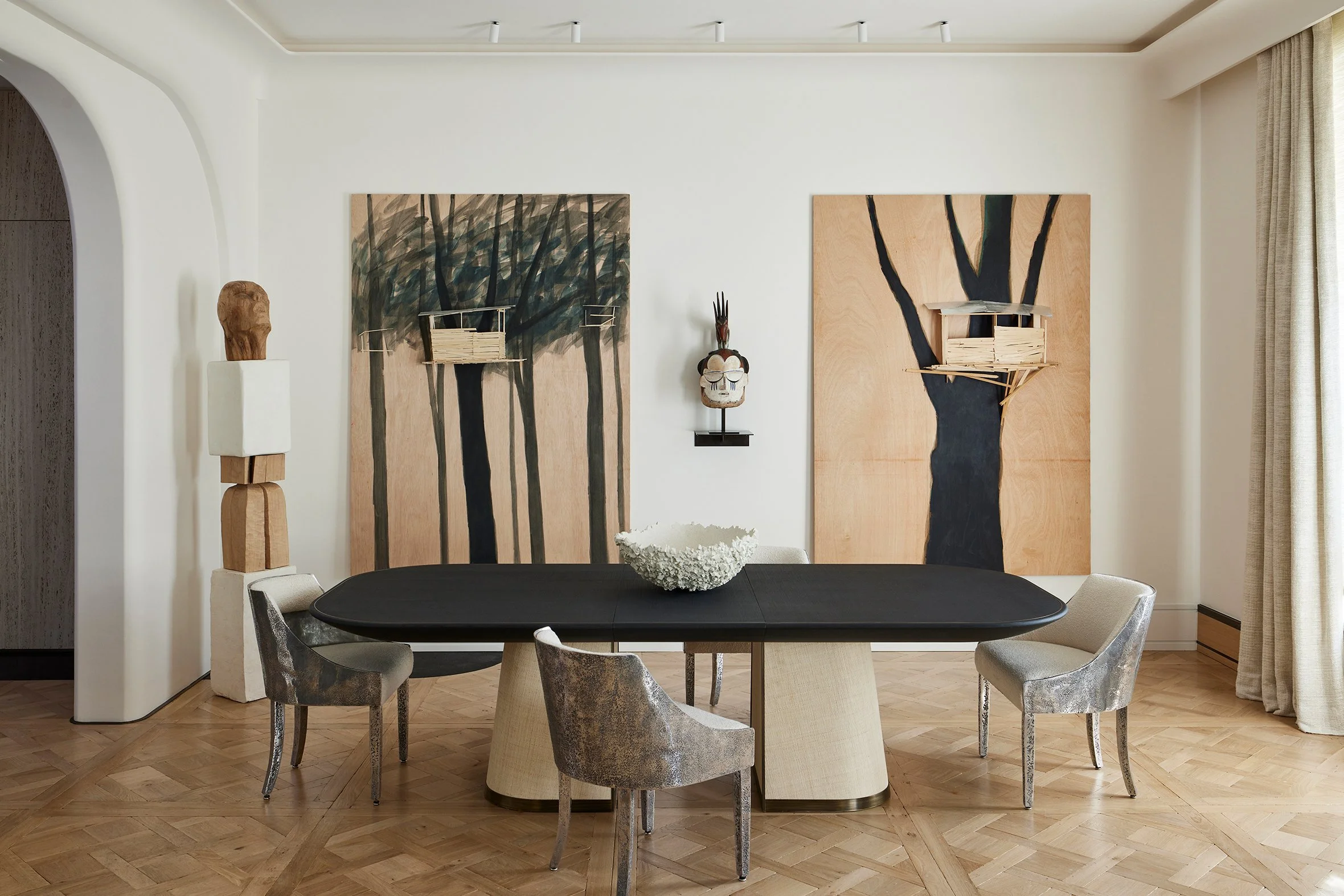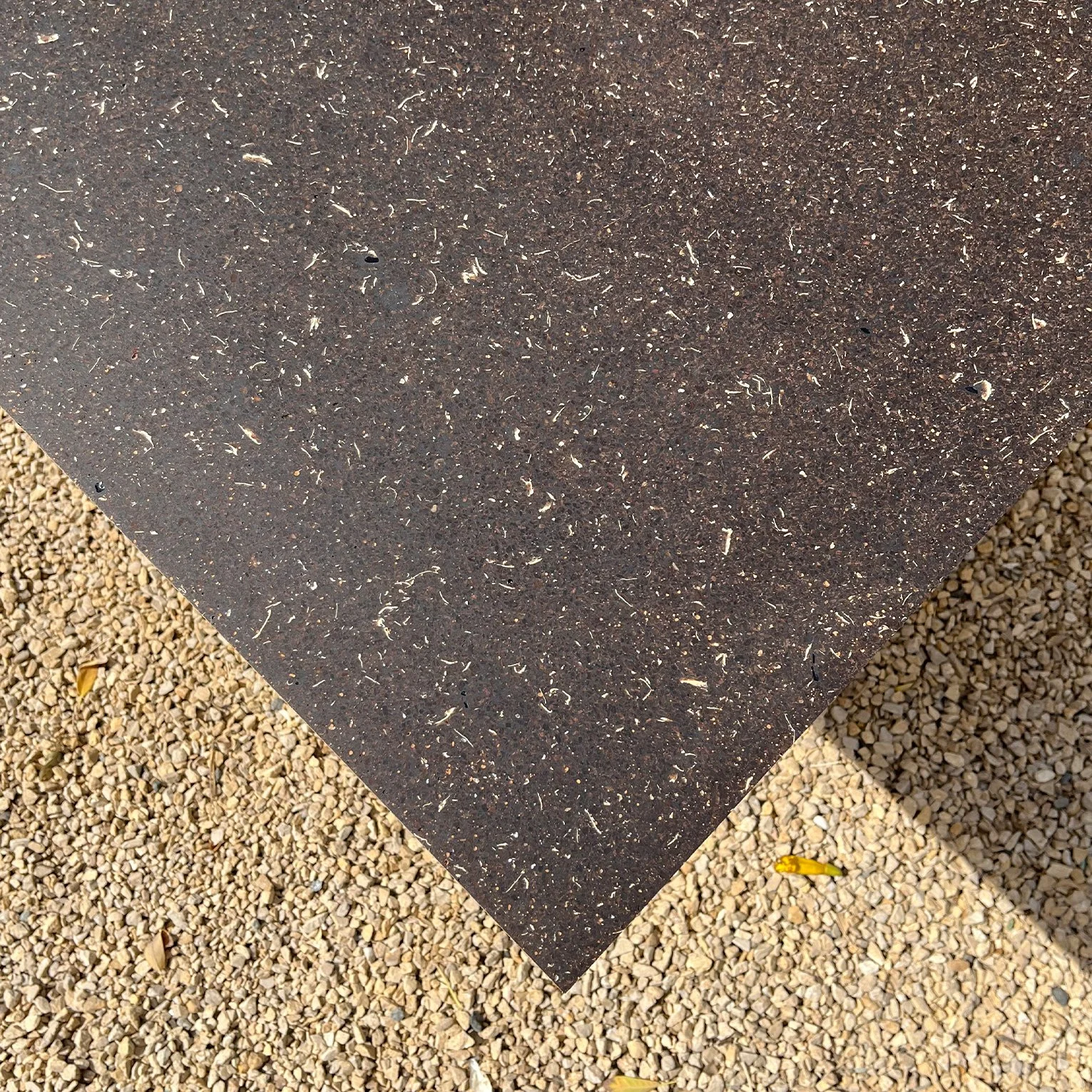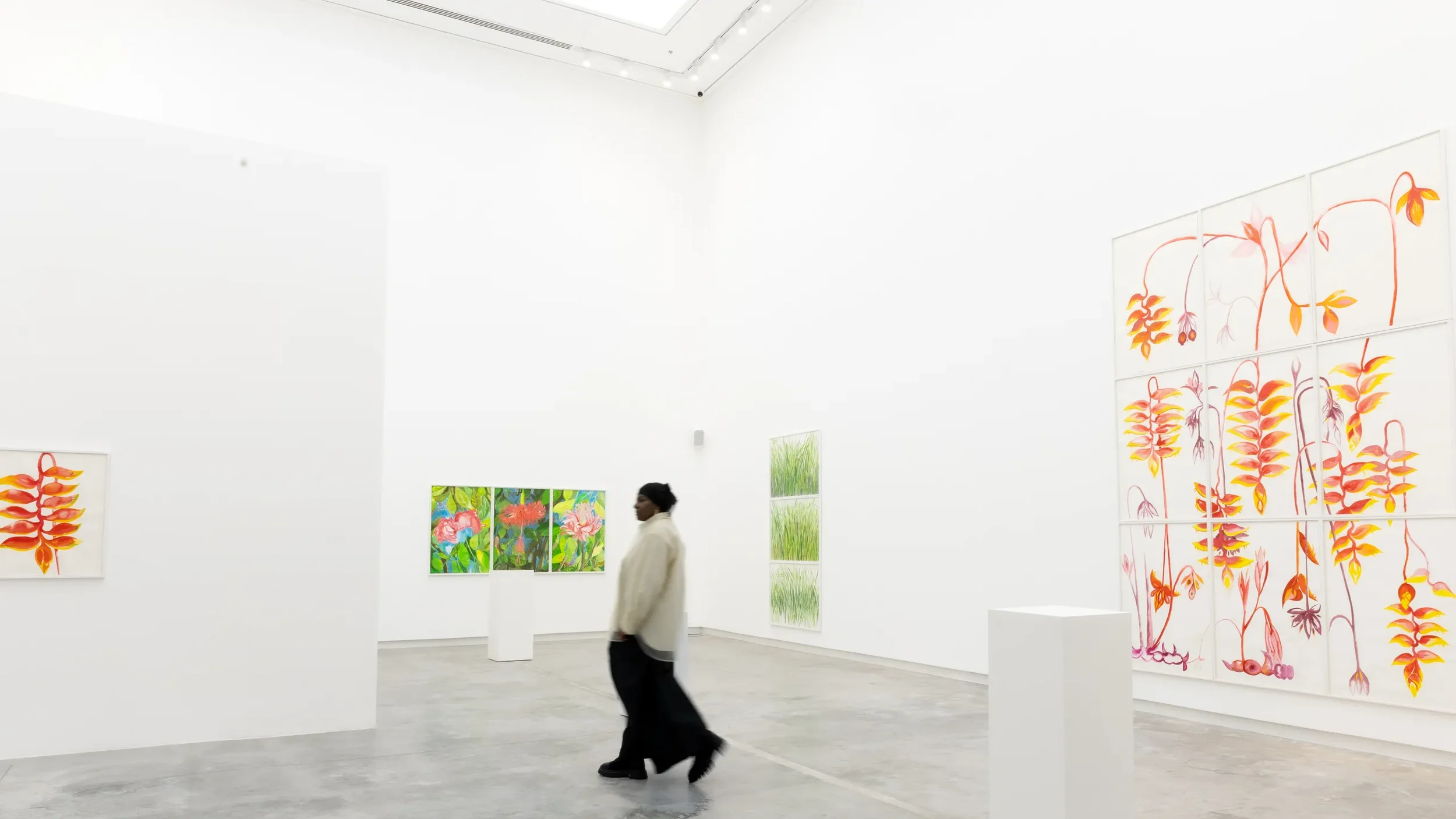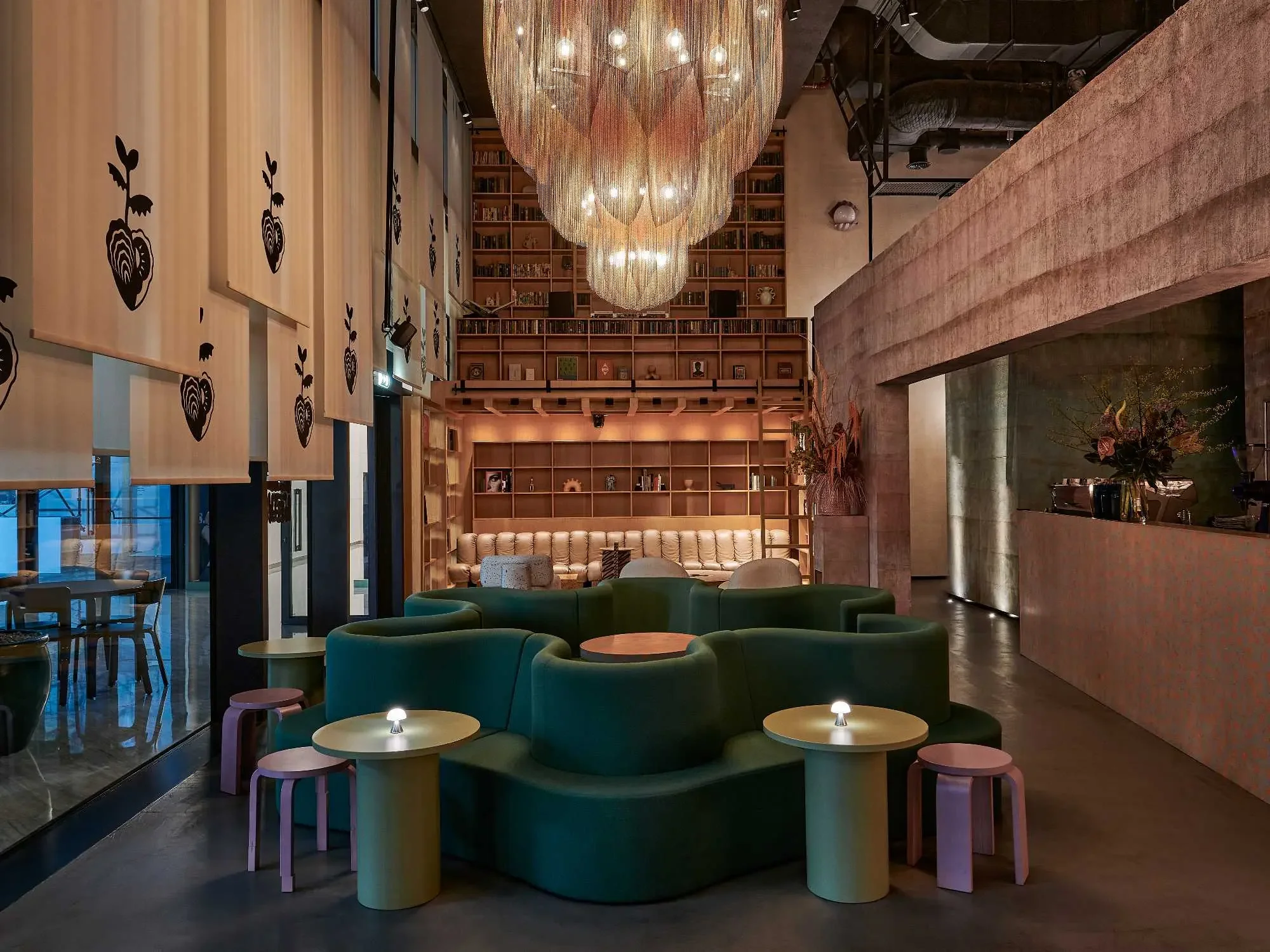In Conversation With: Natasha Carella
Now in its 11th year, Dubai Design Week running from the 4th–9th November 2025, returns as the Middle East’s leading design festival, once again transforming Dubai Design District (d3) into a global hub of creativity, innovation and exchange. Held under the patronage of Her Highness Sheikha Latifa bint Mohammed bin Rashid Al Maktoum, Chairperson of Dubai Culture, and in strategic partnership with d3.
As Director of Dubai Design Week, Natasha Carella is redefining the region’s creative landscape, shaping a reflective new vision that positions design as both a cultural and civic force. Speaking exclusively to The Fluxx, she discusses the 2025 edition’s highlights, Dubai’s creative momentum, and the power of design to connect cultures.
Natasha Carella: Shaping Dubai Design Week’s Vision for 2025
Over 30 large-scale installations will transform Dubai Design District (d3) into an open-air gallery, celebrating design as a living dialogue between architecture, craftsmanship, and innovation. This year’s Urban Commissions, awarded to Some Kind of Practice, reimagines the courtyard as a shared civic space — a meeting point for community and creativity. The Abwab pavilion, returning under the theme “In the Details”, explores ornament as cultural knowledge, while Downtown Design’s installations and collaborations affirm Dubai’s place as a global design capital, where heritage meets experimentation.
Under Carella’s direction, Dubai Design Week 2025 stands as a reflection of a city — and a region — in creative motion: confident, connected, and continually redefining the dialogue between design, culture, and innovation.
The 2025 Abwab pavilion participants. Left, Portrait ©Mohammad Alemadi. Right, Over the Years.
Dubai Design Week has become a key moment on the global design calendar. How do you curate a programme that feels both deeply rooted in the region and compelling to an international audience?
This has always been a key focus for us: how we platform culturally rooted work while fostering cross-cultural exchange on a global level. Our aim is to champion collaborations that transcend borders and disciplines, creating a programme that is as relevant in Dubai as it is to the international design community.
That balance is very intentional. Design from this part of the world has often been viewed through an imported lens, but what we are interested in at Dubai Design Week is flipping that narrative. It is about enabling designers to represent themselves on their own terms, creating work that is built from and for this region, while not being limited to familiar tropes. It is about showing that design here can propose new systems, ideas and solutions that speak to global challenges, rather than simply reflecting or consuming what comes from elsewhere.
Dubai Design Week, Through the Years, 2018.
Dubai Design Week also serves as a space for unique crossovers and co-commissions, where international brands work with regional designers and regional institutions invites global voices to contribute. This ecosystem is complemented by Downtown Design, the region’s leading design fair, presenting more than 300 international and regional brands this year including Kartell, Vitra, Stellar Works and Roche Bobois, alongside Italian, Spanish and Dutch pavilions. Regional design makes its mark with participants from India, Pakistan, Turkey, Lebanon and Saudi Arabia, with standout UAE exhibitors including Tashkeel’s Tanween Design Programme, MAKE’s Athath Fellowship, and 1971 Design Space, reflecting the continued expansion of the local design scene.
Kartell, Downtown Design, Dubai, 2025.
Complementing this, regional and international firms will introduce installations that expand the dialogue. Nikken Sekkei will unveil Chyatai, a modular timber structure employing traditional sashimono joinery; Grimshaw, in collaboration with illustrator Nora Zeid, will present an immersive installation of translucent cylinders exploring how communities form and evolve; Designlab Experience will showcase a sculpture made of woven baskets honouring the region’s weaving traditions; and DEOND will present a pavilion of rice-paper panels offering a contemplative, light-responsive space. Ithra will reveal a new commission by Studio Izaskun Chinchilla Architects, and BMW Middle East will present a design-led installation created exclusively for the festival.
Together, these platforms bring regional and international designers, brands and studios into dialogue, creating opportunities for collaborations that would not happen anywhere else. These exchanges create a space where ideas, learnings, solutions and systems from different parts of the world meet. The point of the festival is to share culture and knowledge, exchange ideas and demonstrate the possibilities of what can be achieved through design.
In your view, how are designers in Dubai and the UAE interpreting cultural heritage in contemporary ways, and how does the festival help amplify those voices?
Designers in the UAE and the wider region are engaging with heritage in increasingly nuanced ways. They are not just drawing inspiration from tradition but using it as a framework for reimagining the future. Craftsmanship and ancient technologies have existed here for thousands of years, carrying knowledge systems and ways of making that continue to shape how communities live and work today. These traditions offer a foundation for thinking differently about the challenges we face, and provide designers with a language for reinterpreting identity, ritual and the spaces we share.
Our own platforms are central to how we amplify these voices. Abwab, now in its ninth edition, has commissioned over 185 designers from across West, South and East Asia as well as the African continent. This year’s theme, In the Details, explores ornamentalism as a lens for storytelling. The winning pavilion, Maraj’s Recording Nabih Saleh, uses embroidered mesh inspired by thob al nashil to narrate the threatened ecology of an island off the coast of Bahrain. Urban Commissions 2025, themed Courtyard, invites designers to rethink this typology as a site of connection, with the winning proposal from Some Kind of Practice reinterpreting Emirati housh typologies into new shared spatial solutions.
2025 Some kind of Practice. Urban Commissions 2025, themed Courtyard, invites designers to rethink this typology as a site of connection,
We have also collaborated with, and continue to do so, with institutions that support emerging designers year-round, such as Ithra and Art Jameel in Saudi Arabia, Design Doha in Qatar, Tanween by Tashkeel, 1971 Design Space, and House of Artisans in Abu Dhabi. Together they nurture designers who are exploring materials, craft and identity in ways that are deeply contemporary.
What changes have you observed in the local and regional design scene since you first became involved with Dubai Design Week, whether in the type of work being showcased, the audience attending, or the scale of ambition?
When we began over a decade ago, the design scene here was much more import-driven, with much of the conversation focused on bringing international brands and ideas into the region. Today, that picture has changed dramatically. There are now more opportunities to make, build and produce here, supported by a far more interconnected ecosystem that brings together academic institutions, cultural organisations, government bodies, the private sector, manufacturing and the wider value chain.
Alongside this development, Downtown Design has continued to play an important role, serving as an outlet for global brands to test the regional market, with many going on to establish a permanent presence in the region. This year’s edition will feature over 300 regional and international brands as well as national pavilions from Italy, Spain and the Netherlands, reflecting the scale and ambition of the fair today.
Fuelled by rapid urbanisation, a strong real estate market, infrastructure development, diversification of the economy and evolving aesthetic needs of residents, businesses and visitors, this community has matured significantly over the last decade. This progress is a collective effort, with all these stakeholders working towards a shared goal of growing the ecosystem and supporting talent at every level.
Downtown Design 2025, Stephanie Coutas, Residentie, Credit F.Amiand.
The audience has evolved in step with the city’s remarkable growth. With over 80 nationalities now calling Dubai home, there is a wider outlook and a more diverse appetite for design, which means there is truly something for everyone. This diversity has encouraged us to expand the scale and ambition of the festival, presenting work that is more critical, experimental and inclusive, ensuring that it resonates with both local communities and an increasingly international public.
Dubai Design Week’s role has been to bring these stakeholders together in one place and amplify what is already happening across the region. From its inception, the aim has been to create a platform where designers can showcase their work, connect with industry professionals and engage with global ideas. Today, Dubai Design Week welcomes over 1,000 designers from more than 50 countries, along with cultural, academic and industry institutions who are actively engaged in the programme. More than 150,000 visitors attend each year, reflecting the fact that this is now a key moment on the calendar for the wider creative community.
As new technologies, materials, and sustainability imperatives reshape design globally, where do you see the most exciting opportunities emerging for designers in the UAE and wider Gulf region?
Dubai is playing an increasingly important role in the global design landscape, particularly within a region experiencing rapid transformation. With large-scale development, economic diversification and cultural investment underway across the UAE and neighbouring countries, there is a growing need for design that is both commercially responsive and culturally relevant.
Sustainability remains one of the most pressing opportunities. At Dubai Design Week, we are fully aware that no event can ever truly claim to be fully sustainable, and we are cautious not to engage in greenwashing. Rather than presenting ourselves as a model of sustainability, our role is to foster new ways of thinking about design, building and making, encouraging responsible practices across these disciplines and inspiring designers to explore innovative approaches to environmental challenges while emphasising ethical thinking in their work.
Material innovation plays a central part in this. Colab, the region’s first purpose-built material library, has become a hub for designers to explore cutting-edge materials and rethink how they design and build. Locally developed innovations such as Leukeather, a plant-based leather alternative made from discarded date seeds, and Datecrete, a bio-based concrete also derived from date waste, demonstrate how designers here are creating scalable solutions with global potential. This year’s programme also features ARDH Collective, whose installation showcases regenerative building strategies using dunes and date seeds, and Breathing Falga, which uses recycled LDPE and crushed shells to create a natural cooling effect.
Dubai Design Week 2025, Ardh Collective.
There is also growing interest in design as a tool for research and experimentation. Prototypes for Humanity, based in Dubai, brings together the world’s most innovative academic projects tackling complex global challenges, from healthcare to climate resilience, offering inspiration and opportunities for collaboration between designers, scientists, policymakers and entrepreneurs.
Taken together, these developments position Dubai and the Gulf as a living laboratory for testing new ideas. The region’s scale of development, combined with its willingness to experiment, provides fertile ground for designers to explore new materials, technologies and systems and to implement solutions that can have impact far beyond the region.
How does Dubai Design Week serve as a platform for emerging designers, and what do you think is most important for nurturing the next generation of creative leaders here?
From installations and exhibitions to retail showcases and workshops, we ensure that creatives from the UAE and the wider region are meaningfully included across every part of the festival. Our programme is built in collaboration with incubators and design accelerators that nurture early-career designers. We also prioritise opportunities for skill-building and mentorship. Hosted in a dedicated Maker Space, our workshops programme welcomes professionals and aspiring creatives of all ages. This year it brings together international facilitators such as professors from University of the Arts London (UAL) and MIT, alongside regional leaders including Twothirds Design Bureau, Kaph Books, Analog Room, Handmayk, and Gulf Photo Plus. The sessions cover a wide spectrum, from woodworking, aluminium casting and glass fusing to bookmaking, typography, screen-printing, photography, sound design and digital fabrication.
L’ÉCOLE Middle East, School of Jewellery
By integrating mentorship opportunities for students, from secondary school to university level and inviting participation from leading design programmes such as DIDI and AUS, we create an intergenerational space for learning and exchange.
Equally important is providing access to market and professional networks. Downtown Design allows young designers and studios to test the market, meet buyers and manufacturers, and access the wider value chain, with many going on to establish a permanent presence in the region. Our open calls create unique co-commissions where international brands collaborate with regional designers and vice versa, encouraging a two-way exchange of ideas, learnings and solutions.
For us, nurturing the next generation is not just about offering a stage but creating the conditions for growth: mentorship, production support, opportunities to collaborate, and routes to market. By encouraging designers to ground their work in the narratives and craftsmanship embedded in their surroundings; while exposing them to global ideas and networks, Dubai Design Week provides a platform where they can experiment, learn, and ultimately contribute to shaping the future of design.
If you had to plan a perfect design-inspired day in Dubai, from exhibitions and creative hubs to dining, shopping, and relaxation, where would you send us?
I would start the day at Alserkal Avenue, which is home to some of Dubai’s first and most influential contemporary galleries. The Third Line, celebrating its 20th anniversary this year, continues to shape the contemporary scene with ambitious programming, and Grey Noise remains a key space for thoughtful, experimental exhibitions. Efie Gallery, also at Alserkal, focuses on artists of African origin and the global diaspora and recently opened a permanent space there. It is also home to bootleg, a concept public library that curate’s African literature and music and will also be doing a special pop-up during Dubai Design Week. I would make time for Cinema Akil as well, the independent cinema at Alserkal that screens arthouse and classic films and anchors a growing film community. I would then head over to Jameel Arts Centre on the Creek for its exhibitions, research library and sculpture park.
Maria Magdalena Campos-Pons, I Am Soil. My Tears Are Water, Efie Gallery.
From there, I would spend time at Dubai Design District (d3), the heart of the design and creative industries and home to Dubai Design Week. It’s where you can discover FRAME and SVD, two destinations for streetwear and sneaker culture that bring together global labels, limited editions and collaborations with regional designers. For a pause, d3 has excellent restaurants and cafes including One Life, The Lighthouse, and Otaku, which makes it the perfect place to recharge before continuing the day.
Dubai has no shortage of world-class restaurants, but I especially love the homegrown, independent ones that feel part of the city’s creative community. To the Moon and Back is my go-to for coffee, and Honeycomb HiFi is a listening bar with a serious vinyl collection and one of the best sound systems in the city. Lulu & the Beanstalk is a dreamy space created by two filmmaker sisters craft cocktails and comfort food. Kinoya, a MICHELIN Bib Gourmand, serves some of the best ramen in Dubai. Birch Bakery is my choice for beautiful breads and pastries, The Maine is a brasserie-style favourite, maisan15 is a hidden gem serving thoughtful dishes in a villa setting, and Mama’esh is a Palestinian bakery serving some of the best manakeesh in town.
Honeycomb listening bar, Dubai
For shopping, I like to support UAE-based brands that have earned international attention, including Bil Arabi, which celebrates Arabic typography through bold fine jewellery, Bouguessa, known for its sleek, architectural silhouettes, Reemami (recently worn by Bella Hadid), and All Things Mochi, a label that collaborates with artisans around the world to create colourful, hand-embroidered collections. THAT Concept Store is a favourite place to find emerging designers and lifestyle pieces, and for pre-loved fashion, Thrift for Good and Retold offer beautifully curated selections. If you’re here during Dubai Design Week, the Marketplace is not to be missed, since it brings together independent makers and small businesses from the UAE and the wider region, offering handmade wares from homeware and jewellery to fashion and lifestyle goods.
Left, Bil Arabi. Right, Reemami, Mosaic Shirt.
To end the day, I might hide out the Arabian Boutique Hotel, set in the historic Al Fahidi district, one of Dubai’s most important heritage areas, spend time at SEVA Wellness Centre in Jumeirah, or take a moment in Al Khazzan Park, a small but beautifully designed green space in the heart of the city. Although we are talking about Dubai, I would also always recommend a short trip to to Sharjah Art Foundation for its ambitious exhibitions set across beautifully restored heritage spaces.
Sharjah Art Foundation, Dubai.


